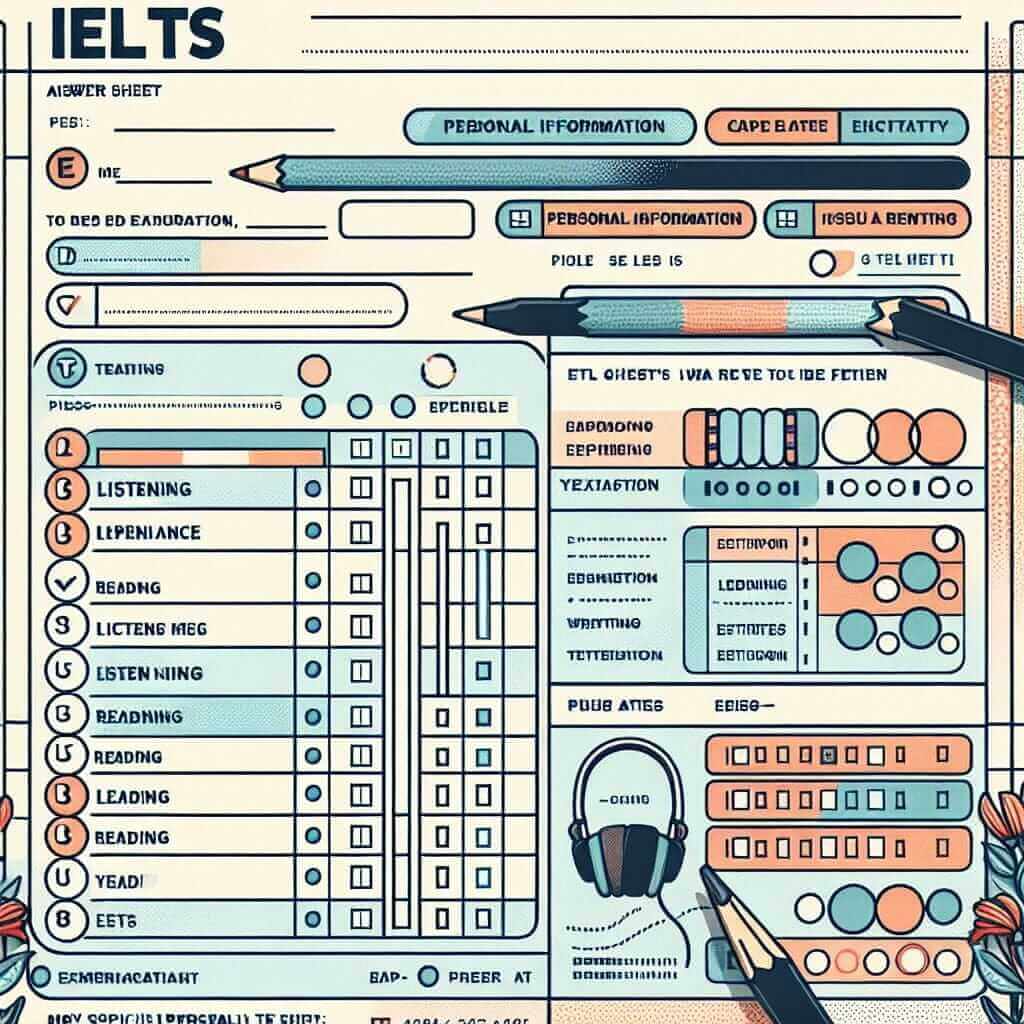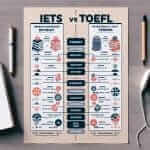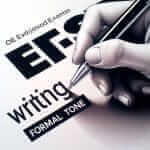As an IELTS instructor with over 20 years of experience, I’ve seen countless students, even those well-prepared, make avoidable mistakes on their IELTS answer sheets. These errors can lead to lower scores, regardless of your English proficiency. This comprehensive guide will walk you through the process of correctly filling in your IELTS answer sheet, ensuring you can confidently showcase your true abilities on exam day.
Understanding the Importance of a Correctly Filled Answer Sheet
Your IELTS answer sheet is the only record of your responses, meticulously assessed by trained examiners. Any illegible answers, incorrect information, or stray marks can result in lost marks. Mastering the art of accurately filling in your answer sheet is as crucial as mastering the English language itself.
A Step-by-Step Guide to Filling in Your IELTS Answer Sheet
Whether you’re taking the IELTS Academic or General Training test, the answer sheet format remains consistent. Follow these steps to ensure accuracy:
1. Personal Information:
- Use a black or blue pen only. Gel pens are recommended for smooth and clear writing.
- Print your details legibly within the boxes provided. This includes your full name (as it appears on your passport), candidate number, test date, and test center.
- Be careful when shading in the circles corresponding to each letter or number. Ensure each circle is fully shaded, leaving no gaps.
2. Answer Sections:
- Each section (Listening, Reading, Writing) has a designated area on the answer sheet. Pay close attention to the section headings and ensure you are entering your answers in the correct space.
- Follow the answer format indicated for each question type. For multiple-choice questions, shade in the circle corresponding to the correct letter. For short-answer questions, write your answer clearly within the word limit.
3. Writing Test:
- Use the provided lines to write your essays for Writing Task 1 and Task 2. Be mindful of the word count for each task.
- Write legibly and clearly. Examiners need to be able to read your handwriting easily.
- If you make a mistake, cross it out neatly with a single line and continue writing. Avoid using correction fluid or tape.
4. Common Pitfalls to Avoid:
- Rushing: Take your time filling in the answer sheet. It’s better to double-check your work than to rush and make careless mistakes.
- Ignoring Instructions: Pay careful attention to all instructions provided on the answer sheet and by the invigilators.
- Incomplete Erasing: If you need to change an answer, ensure you completely erase the previous mark.
Examples from Real IELTS Tests
To illustrate the importance of accurately filling in your answer sheet, let’s consider a few examples:
- Incorrectly shaded circles: Imagine selecting the right answer for a multiple-choice question but only partially shading the corresponding circle. The scanning machine might not register your response, resulting in a lost mark.
- Exceeding word limits: In the Writing section, exceeding the word limit can lead to your answer being cut off. Practice writing concisely within the given parameters.
- Illegible handwriting: If your handwriting is difficult to decipher, it can impact the examiner’s understanding of your response, potentially affecting your score.
 IELTS Answer Sheet Example
IELTS Answer Sheet Example
Tips for Success:
- Practice makes perfect. Familiarize yourself with the IELTS answer sheet format by practicing with sample answer sheets available online.
- Develop a consistent writing style. This will help ensure your handwriting is legible throughout the test.
- Manage your time effectively. Allocate sufficient time to transfer your answers to the answer sheet accurately.
- Stay calm and focused. Remember, clarity and accuracy are key to successfully completing your IELTS answer sheet.
Conclusion
Mastering the art of filling in your IELTS answer sheet is an essential step towards achieving your desired score. By following the guidelines outlined in this guide and practicing regularly, you can approach the exam day with confidence, knowing that your hard work and dedication will be accurately reflected in your final results.


